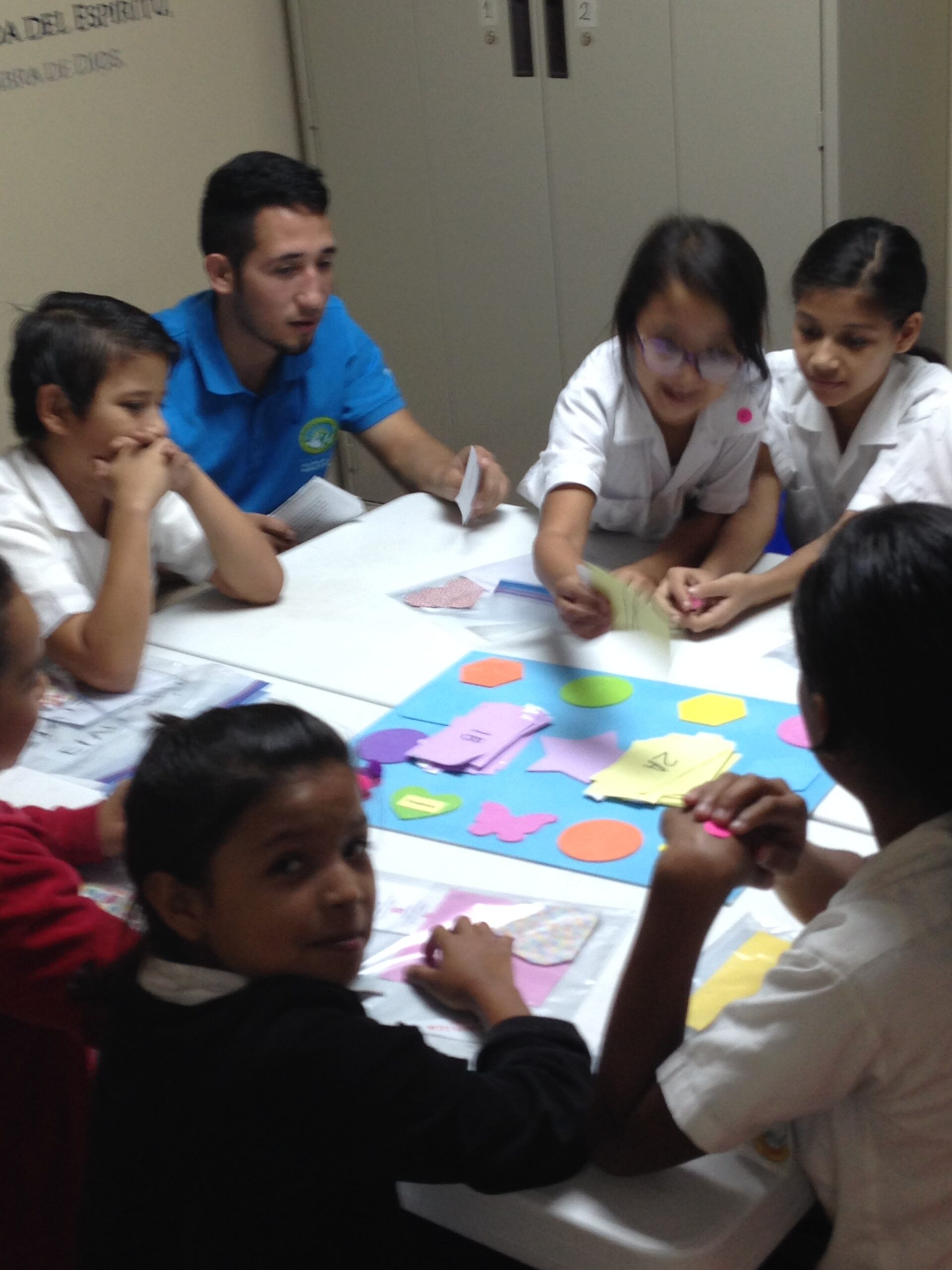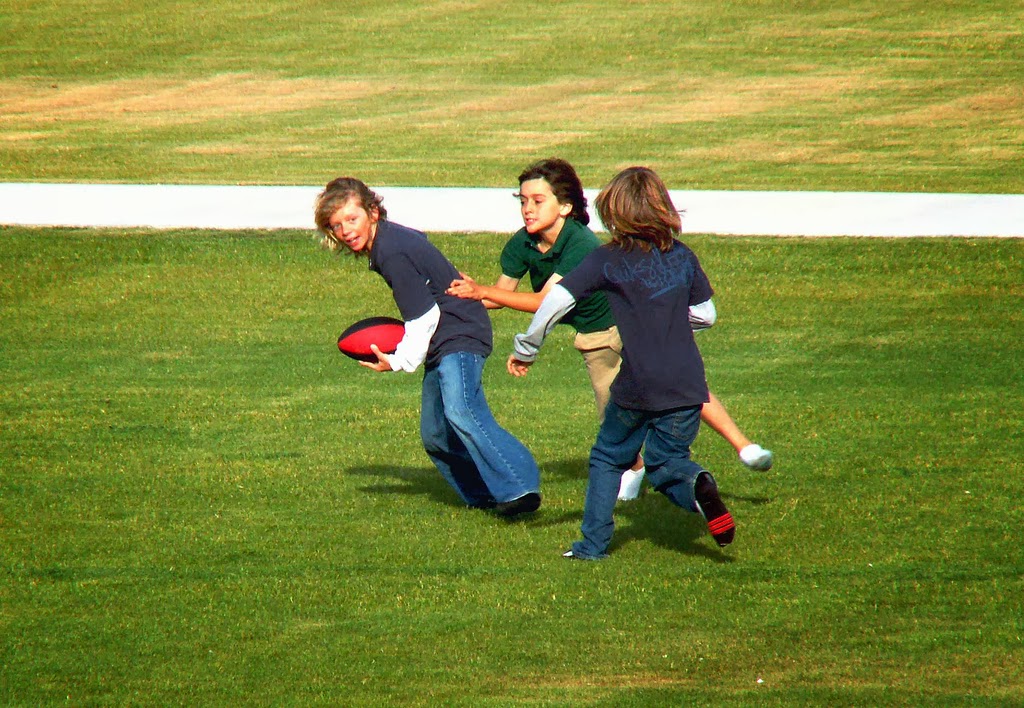 Generally mission teams working with children are assigned a large block of time to fill. It may be called a VBS or a day camp of some sort or in the case of a recent mission trip I took to Honduras, we were actually assigned to fill a large part of the school day for a program serving public school students. For mission teams that don’t have a lot of experience working with children, there are a lot of pitfalls when deciding how to fill that time.
Generally mission teams working with children are assigned a large block of time to fill. It may be called a VBS or a day camp of some sort or in the case of a recent mission trip I took to Honduras, we were actually assigned to fill a large part of the school day for a program serving public school students. For mission teams that don’t have a lot of experience working with children, there are a lot of pitfalls when deciding how to fill that time.
Many people assume the time will progress like a “normal” Sunday School class for kids. They think teaching a lesson and doing one activity will fill an entire hour. The problem is most Sunday School programs don’t use that hour effectively and if you have ever checked your watch, the hour is actually more like 45 minutes.
Another factor people tend to forget is that these are children you don’t know and who don’t know you. This makes things like transitions more difficult unless they are part of a regular program with specific guidelines that have been shared with you and the children. If there are large numbers of kids and this is an unusual or new activity, the children will also have lots of extra energy that will need to be channeled appropriately.
We have found in field tests that activities in mission group situations should change every twenty minutes. Allowing an extra five minutes for transitioning and your schedule should include children changing activities every twenty-five minutes. This may sound like a frantic pace to you, but it really isn’t. If you have a strong plan, twenty-five minutes is plenty of time to get children switched and settled, teach or review the Bible story and do a creative, meaningful, memorable activity.
As I mentioned last week, you will want to divide children into smaller groups unless you have fewer than fifteen or twenty kids. Group sizes and numbers will vary depending upon the space you have and the number of team members and mission team support you can use. For safety and effectiveness or if you have inexperienced volunteers, you will need one volunteer for every ten elementary aged children and one volunteer per five preschool children. Professional educators or people with years of experience can probably handle twenty to twenty-five elementary aged children – although an extra pair of hands is still nice.
To give you a concrete example, below you will see our schedule for the mission trip to Honduras. We divided our students into three groups and we had three hours to work with them. Due to space limitations, we only had three classroom areas so each group rotated through each area twice.
Honduras Schedule (Sample)
8:30-8:45 Orientation/Making group assignments, etc. (All groups)
Groups Group 1 Group 2 Group 3
8:45-9:10 Drama Empathy Bible Origami
9:10-9:35 Bible Origami Drama Empathy
9:35-10:00 Empathy Bible Origami Drama
10:00-10:25 Prayer Journals Choices Game Service Project
10:25-10:50 Service Project Prayer Journals Choices Gam
10:50-11:15 Choices Game Service Project Prayer Journals
11:15-11:30 Wrap-up for all groups
Area A: Drama 3 times then Prayer Journals 3 times
Area B: Empathy center 3 times and then Choices Game 3 times
Area C: Bible Origami 3 times and then Service Project 3 times
In each center, the students were taught or reviewed the Bible stories and did a hands-on, meaningful, memorable activity to reinforce the concepts in the Bible lessons. If you are well organized, the entire twenty minutes of actual lesson time should be used in teaching and experiencing – not hunting for materials or classroom management. In fact, we found keeping students moving at this pace greatly reduces the need for correcting behavior. When students are busy and engaged, they don’t have the time or the desire to misbehave.
If you are preparing for a mission trip that involves working with children, plan your schedule carefully. If you don’t have a tight schedule with enough engaging and meaningful activities, I can promise you your days will seem extremely long and exhausting. Enough will happen on the mission field that you didn’t anticipate or can’t control. Managing the schedule will reduce the stress on your team and allow them to deal with those surprises more effectively.




